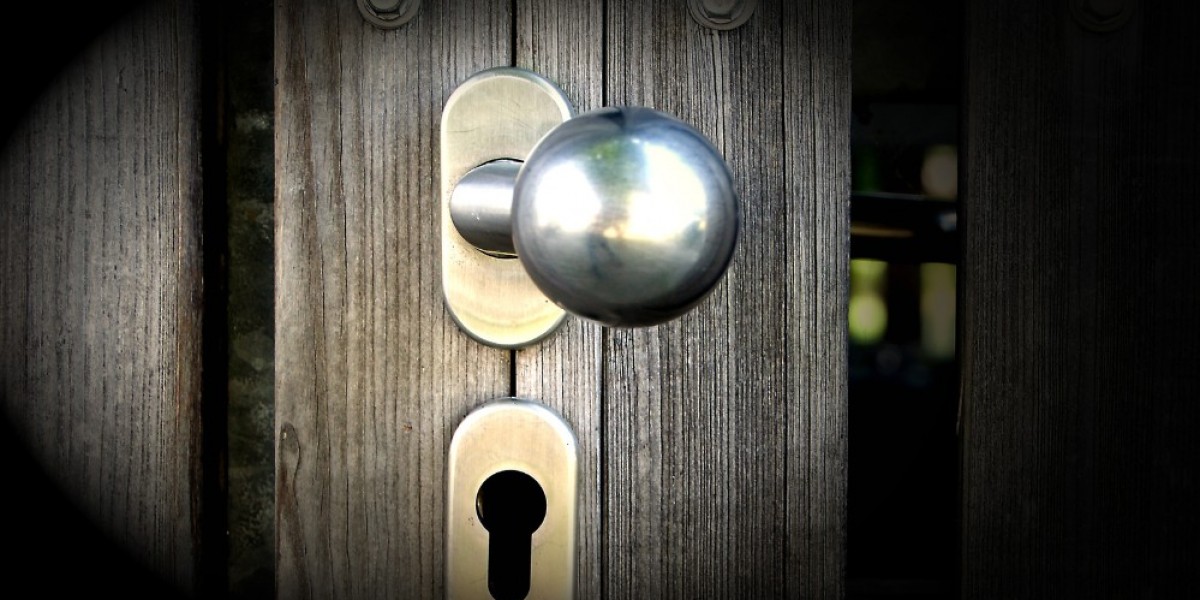Deadbolts are one of the most essential components of a secure home or office. While there are many types of locks available on the market today, deadbolts remain a top choice due to their durability, strength, and resistance to forced entry. This comprehensive guide covers everything you need to know about deadbolt their types, features, installation tips, maintenance, and how to choose the right one for your needs.
What is a Deadbolt?
A deadbolt is a type of locking mechanism distinct from a spring bolt lock because it cannot be moved to the open position except by rotating the lock cylinder with a key. This design makes it more resistant to break-ins compared to standard locks, as it does not rely on a spring or latch system that can be easily forced open.
Why Are Deadbolts Important for Security?
Deadbolts add an extra layer of protection for residential and commercial properties. Here’s why they are critical:
Difficult to Pick or Bump: High-quality deadbolts are designed to resist common break-in techniques like lock bumping and picking.
Reinforced Entry Points: They often penetrate deeper into the door frame, providing stronger resistance against forceful attacks.
Independent Locking Mechanism: Since they don't rely on the door handle mechanism, deadbolts remain locked even if the handle is tampered with.
Types of Deadbolts
There are several types of deadbolts available. Choosing the right one depends on the level of security you need and the type of door you are securing.
1. Single Cylinder Deadbolt
Operated with a key from the outside and a thumb turn on the inside.
Commonly used in residential properties.
Should not be used on glass doors where the inside thumb turn is reachable through broken glass.
2. Double Cylinder Deadbolt
Requires a key to open from both inside and outside.
Offers extra security on doors with glass panels.
Can pose a safety hazard in emergencies if the key is not readily accessible.
3. Keyless Deadbolt / Electronic Deadbolt
Uses a keypad, fingerprint scanner, or smartphone app instead of a physical key.
Offers convenience and allows for easy access control.
Requires batteries or a power source.
4. Vertical Deadbolt
Mounted on the inside surface of the door and bolts vertically into the frame.
Highly resistant to prying and forced entry.
Often used in commercial settings.
Deadbolt Materials and Finishes
Deadbolts come in various materials and finishes, offering both durability and aesthetic appeal.
Materials: Brass, steel, zinc alloy
Finishes: Satin nickel, chrome, bronze, black matte, and more
Make sure to choose a deadbolt that matches both your door’s material and your interior decor.
How to Choose the Right Deadbolt
Here are the key factors to consider when selecting a deadbolt for your home or business:
1. Security Grade
Look for ANSI (American National Standards Institute) grades:
Grade 1: Highest level of security, suitable for commercial or high-security residential use.
Grade 2: Mid-level security, ideal for home exterior doors.
Grade 3: Basic residential security.
2. Door Compatibility
Make sure the deadbolt fits your door’s thickness, backset, and frame type.
3. Locking Mechanism
Decide whether you want a mechanical deadbolt or an electronic one, based on convenience and features.
4. Budget
Prices range from $20 for basic models to $200+ for smart deadbolts with advanced features.
Installation Tips for Deadbolts
Installing a deadbolt requires some basic tools and knowledge of door hardware. If you're a DIY enthusiast, follow these general steps:
Mark the Door: Use a template to mark the location for the lock and bolt.
Drill Holes: Carefully drill holes for the lock cylinder and bolt.
Insert and Secure Bolt: Fit the bolt into the side of the door and screw it in.
Attach the Cylinder and Thumb Turn: Install both the exterior and interior parts of the deadbolt.
Install Strike Plate: Attach the strike plate to the door frame with long screws for added security.
If you're unsure, it’s best to hire a professional locksmith to ensure proper installation.
Deadbolt Maintenance Tips
Keeping your deadbolt in good condition ensures it provides reliable security for years:
Lubricate Regularly: Use a graphite or silicone-based lubricant (not oil-based) every 6 months.
Check for Loose Screws: Periodically tighten all screws and hardware.
Replace Worn-Out Parts: If the key sticks or the lock becomes difficult to turn, inspect and replace damaged components.
Clean the Exterior: Use a damp cloth to clean the outer finish to maintain its appearance.
Common Deadbolt Issues and Solutions
1. Key Won’t Turn
Try lubricating the lock or checking for worn-out keys.
2. Lock is Sticking
Misalignment could be the issue — adjust the strike plate or door hinges.
3. Deadbolt Not Extending Fully
Make sure the hole in the frame is deep enough for the bolt to extend completely.
Smart Deadbolts: Are They Worth It?
Smart deadbolts bring a new level of convenience to home security. Features may include:
Remote locking/unlocking via smartphone
Temporary access codes for guests
Voice assistant integration (Alexa, Google Assistant)
Activity logs and alerts
However, they also come with some considerations:
Power dependency: Batteries need to be changed periodically.
Cybersecurity risks: Can be vulnerable to hacking if not properly secured.
Deadbolt vs. Spring Bolt: What's the Difference?
| Feature | Deadbolt | Spring Bolt |
|---|---|---|
| Security | High | Medium |
| Locking Mechanism | Manual key/thumb turn | Spring-loaded latch |
| Resistance to Force | Strong | Weaker |
| Common Use | Exterior doors | Interior doors |
Conclusion
Deadbolts remain one of the most effective and affordable methods for enhancing security at your home or business. With various types, designs, and technologies available today, choosing the right deadbolt depends on your specific security needs, budget, and lifestyle preferences.
Whether you prefer the classic mechanical deadbolt or a smart lock with remote access, the key is to prioritize quality, proper installation, and regular maintenance. In a world where security threats continue to evolve, a reliable deadbolt is your first—and often most important—line of defense.








